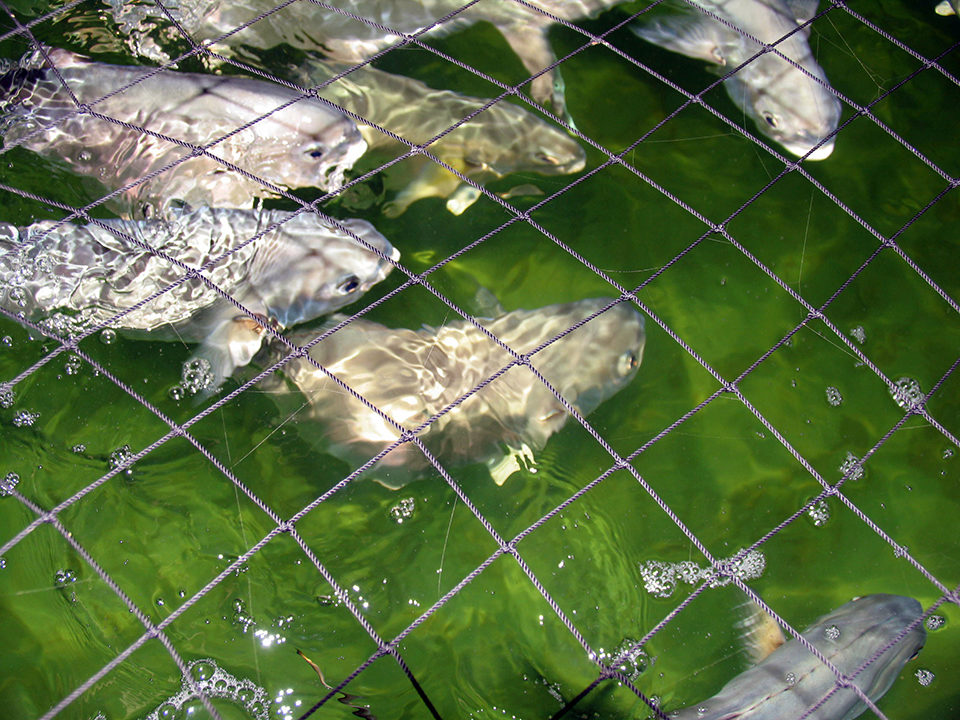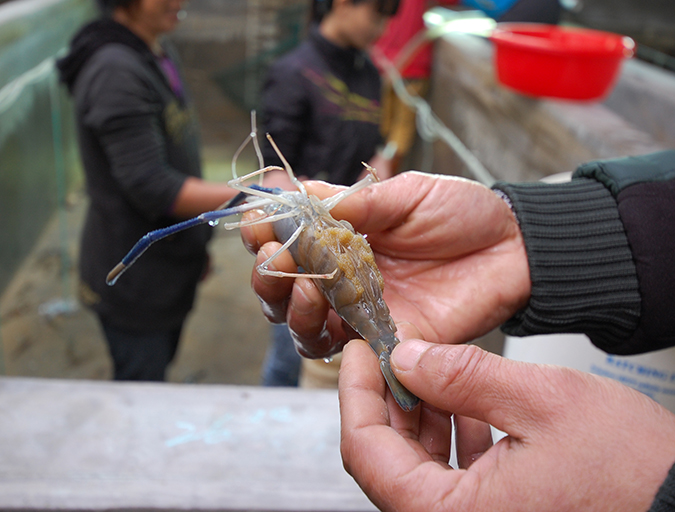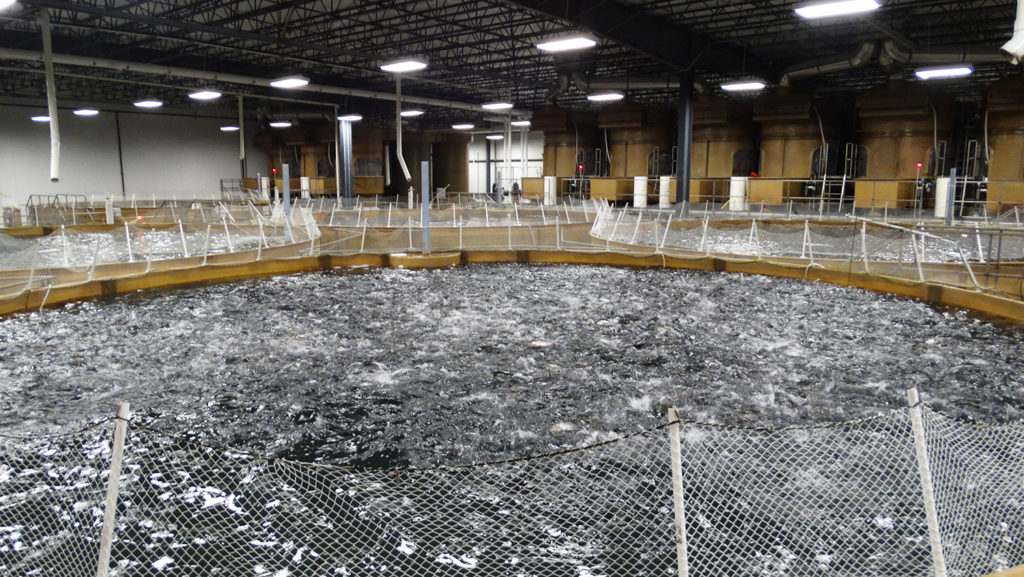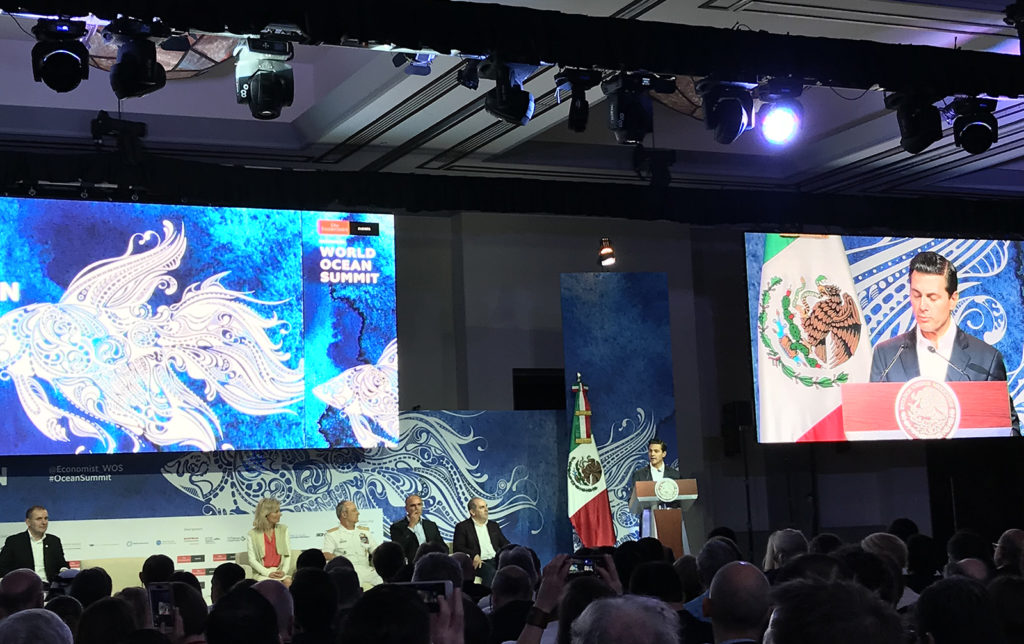U.S. struggles to retain aquaculture entrepreneurs

In his editorial in the May/June issue of this magazine, Editor Darryl Jory listed “Five Challenges” to doubling aquaculture production in a decade. These challenges are in the critical areas of disease management, feed supply, environmental limits, financing and market acceptance.
Missing from this list were the very critical areas of government policy and regulation. These elements are great determiners of whether aquaculture succeeds at a particular location, and whether the industry as a whole will achieve the objective to double production.
Regulated development
In 1978, the author delivered an address to the Research and Development Colloquium of the American Association for the Advancement of Science describing the experiences of an innovator attempting to establish an aquaculture venture in the United States who had to deal with multitudes of government agencies and their regulations. The audience was mostly people in policy-level positions in the U.S. federal government or congressional staff members who developed research and development policies in the U.S.
The conclusion of this address: “Why do we spend so much money in the U.S. on good scientific research when entrepreneurs cannot put this good science to work because of stifling regulations that were developed earlier to prevent all sorts of other kinds of evil?”
In 1981, Gerald Bowden, then a professor at the University of California, wrote the book Coastal Aquaculture Law and Policy, A Case Study of California. In it, he commented: “When viewed individually, these issues [laws and regulations] seem relatively insignificant. In the aggregate, however, these bureaucratic issues may prove to be decisive.” “Has our legal system become so extensive that this new technology will never be put to use?” he asked.
As far as the great state of California, the seventh-largest economy in the world, is concerned, aquaculture production’s value is less than U.S. $100 million a year – in spite of hundreds of miles of diverse coastline and large freshwater systems throughout the state, coupled with large markets in huge population centers.
“Kill aquaculture”
Twenty years later in 2001, the author wrote a two-part series titled “Kill Aquaculture – Here’s How” in a prominent aquaculture magazine. It discussed the historic positive and negative roles of government in the development of aquaculture. At those locations where state and national governments have strong social reasons, aquaculture thrives. Where no such affirmative policies exist, aquaculture limps along, if at all.
World Bank
In 2010, Jingie Chu of the World Bank and co-authors published a paper titled “Factors Affecting U.S. Aquaculturists’ Intended Actions to Expand Production Capacity Abroad.” They report-ed that “the U.S. acts as an incubator where small firms with highly educated managers start here, and if they are successful and want to grow, they plan to leave the country and expand abroad.” These entrepreneurs “think U.S. permit and environmental regulations are too strict. They leave in spite of acknowledging that the U.S. has comparative advantages in skilled labor availability and access to the domestic markets.”
Chu et al. concluded: “If the U.S. wants to further develop aquaculture, retain entrepreneurs or benefit from the economic returns, then the government needs to improve the regulatory environment so that aquaculturists will have confidence to expand their operations domestically. If the U.S. does not take advantage of the technology and its broad coastal areas with the enabling institutions, more opportunities, not only in aquaculture, but also in aquaculture-related industries such as processing, manufacture of equipment and feed production, will move abroad.
“Without the leadership of government and coherent policies, it is difficult to envision aquaculture developing as fast in the U.S. as other aquaculture-producing countries, such as China and Norway.”
Other industries
Aquaculture is not alone in suffering from stifling regulations and other difficulties for doing business in the U.S. The March 2012 issue of the Harvard Business Review discussed the competitiveness of the United States and why so many companies are outsourcing industrial production elsewhere.
In one article, Harvard Professors Michael E. Porter and Jan W. Rivkin surveyed thousands of American business leaders, who overwhelmingly favored foreign over U.S. locations for new investments. These executives saw America falling behind the rest of the world. The top 10 reasons for not locating in the U.S. took issue with the effectiveness of the U.S. political system, the structure of the tax code, regulation, the efficiency of the legal framework and flexibility in hiring and firing.
The International Finance Corp. of the World Bank compiles data on the ease of doing business in countries. Since 2006, most countries have considerably eased establishing and doing business. In contrast to most of the world, the sixth-worse decline was the U.S. The country’s rating was not as bad as that for Zimbabwe, but worse than Yemen’s position. The Unites States simply is no longer competitive.
Government support
Since the passage of the National Aquaculture Act of 1980, hundreds of millions of dollars of government funds have been spent for Aquaculture Research Centers at top U.S. agriculture colleges, through extension and Sea Grant in each state, and by many other federal and state-supported government agencies. Yet the U.S. has less than $2 billion in annual domestic aquaculture production. With the current demise of domestic catfish, its gross domestic aqua-culture production is declining.
The U.S. government has provided for the development of much good aquaculture science and has strongly supported the education of many outstanding entrepreneurs. But as Bowden projected, bureaucratic issues have proven to be decisive. In spite of the National Aquaculture Act, there are no strong affirmative polices in the U.S. to control its unwieldy assortment of government regulations.
According to the economists and other scholars who reported in Harvard Business Review, the U.S. has few competitive advantages remaining. Declining aquaculture is not alone. Chu reported that the U.S. is an aquaculture incubator where new firms with our highly educated entrepreneurs from our outstanding aquaculture colleges start their businesses, and when successful, expand abroad.
Perhaps American taxpayers should justify all of our past and present government expenditures for aquaculture as foreign aid.
(Editor’s Note: This article was originally published in the September/October 2013 print edition of the Global Aquaculture Advocate.)
Author
-
George S. Lockwood
P.O. Box 345
Carmel Valley, California 93924 USA
georgeslockwood@aol.com
Tagged With
Related Posts

Intelligence
An inside look at Sino Agro Foods’ giant prawn MegaFarm
Sino Agro Foods has developed a proprietary recirculating aquaculture system that yields high production volumes and profitability. The facility should significantly contribute to seafood production in China and to help satisfy increasing demand for high value, safe and sustainably produced seafood.

Innovation & Investment
AquaBounty, with new RAS facility, hopes to win public support for GM salmon
Ron Stotish, CEO of AquaBounty Technologies, believes genetically modified salmon is no threat to its opponents and the outlook for AquAdvantage is good. With its purchase of the Bell Fish Co. RAS facility, commercialization will soon commence.

Innovation & Investment
Aquaculture Exchange: George S. Lockwood
With his book, “Aquaculture: Will it Rise to Its Potential to Feed the World?” hot off the presses, the pioneer abalone farmer vents on U.S. aquaculture regulations but remains deeply optimistic about fish farming.

Responsibility
At World Ocean Summit, Mexico asks: What do we want our oceans to be?
While talk of preservation and conservation dominated the annual event, a blunt query reminded all that the oceans need protection and sustainable development.


